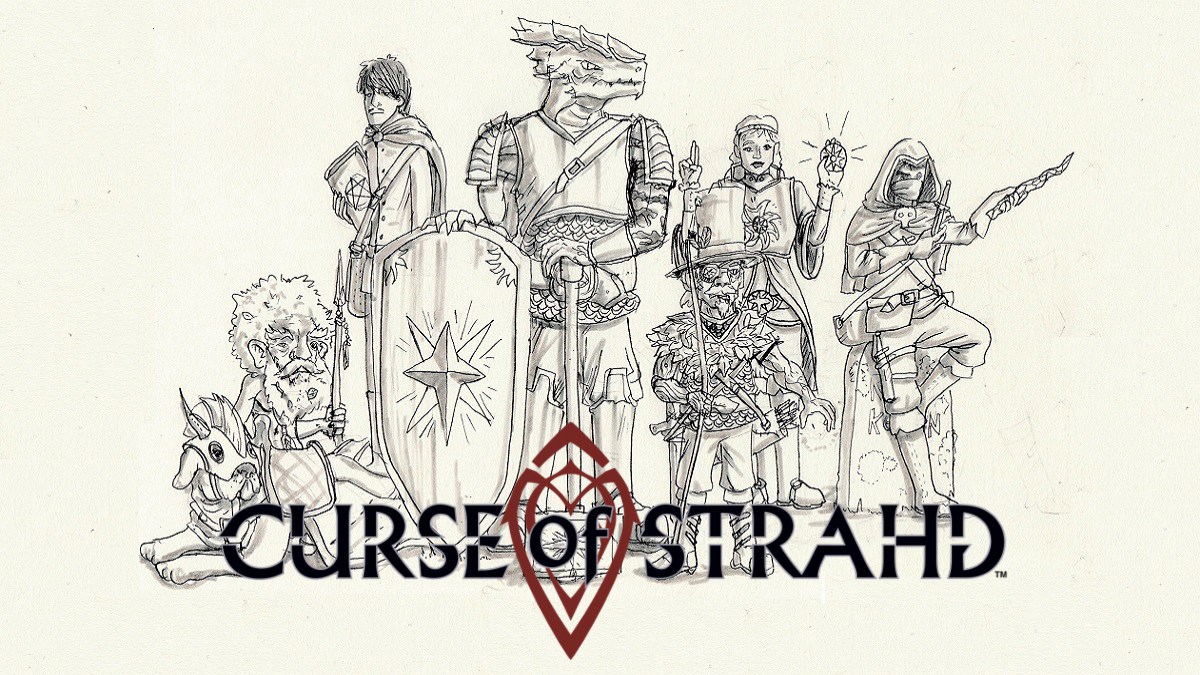
 Overview: You are an octopus, cultivating an undersea garden. You harvest pearls from oysters to purchase the most beautiful plants and sea creatures to put into your garden. If you plan carefully, you can even attract clownfish and seahorses as well. That’s the premise of Octopus’ Garden, a board game that is quick to learn and — as the 2010 winner of the Canadian Game Design award — non-confrontational.
Overview: You are an octopus, cultivating an undersea garden. You harvest pearls from oysters to purchase the most beautiful plants and sea creatures to put into your garden. If you plan carefully, you can even attract clownfish and seahorses as well. That’s the premise of Octopus’ Garden, a board game that is quick to learn and — as the 2010 winner of the Canadian Game Design award — non-confrontational.
Players: 2 to 4
Ages: 10 and up (though you could go a little younger)
Playing Time: 30-45 minutes
Retail: $34.95
Rating: 4 out of 5 starfish. Not a high-octane game, but great for a quiet, almost zen-like experience.
Who Will Like It? This is a game for people who don’t really want head-t0-head conflicts and fierce battles. (If that’s what you want, check out something like Super Dungeon Explore instead.) Octopus’ Garden is more focused on planning out your own garden, and figuring out when to purchase and when to pass.
Theme:
The game is all about placing beautiful plants and animals in your garden — starfish, anemones, coral, and so on. I don’t know that real octopi engage in commerce and gardening, and if so whether they have the same standards of beauty that humans do. But the artwork on the little round tiles is neat, and the frosted glass beads that serve as pearls are a nice touch.
Components:
The game includes:
- 4 player boards
- 1 marketplace board
- 40 pearls (frosted glass beads)
- 1 fabric draw bag
- 128 tiles: seagrass, coral, anemones, oysters, feather worms, sea stars, garbage, relics, clownfish, and seahorses.
The boards are pretty simple: sturdy cardboard with circles printed on them, with an underwater-sand look to it. The cardboard circular tiles have nice artwork, and punch out easily. Each of the round tiles has a number representing the piece’s beauty (victory points) and a number of pearls representing the cost of the piece. It can be a little hard remembering which piece is the feather worm and which is the anemone, because one attracts clownfish and the other hides from starfish — but you get used to that after a few plays.
The marketplace is a simple square board, with a tic-tac-toe grid on it with numbers. The numbers aren’t really necessary; you just refill the board in that order, but if you just grab three tiles and drop them on, it serves the same purpose. The draw bag is a nice touch and lets you mix up the tiles well.
Gameplay:
At the start of the game, each player gets three oysters: two regular ones (worth -1 points each) and one with a harlequin shrimp (worth 0 points). These oysters can be placed anywhere on their board. Also, they get 5 pearls each.
The turn consists of three phases: Buy and Plant, Move Sea Stars, Harvest Pearls.
Buy and Plant: You may buy any row or column of three tiles by paying the total number of pearls for that row to the bank. You have to buy all three, across or down, but not diagonally. All of those tiles purchased are then put on your board wherever you like. You can also skip this phase and choose not to buy anything. If you have 5 seagrass tiles adjacent to each other, you get to add a Seahorse tile on top of them. If you get 3 anemones together, you get a clownfish.
Move Sea Stars: The sea stars move once space each turn, on the shortest route toward the nearest oyster. It can move onto occupied spaces, but not on top of coral, which it goes around. If there are two paths of equal length, you get to choose. When the sea star moves onto an oyster, it eats it and the oyster is removed from the game. The sea star will not eat the oyster with the shrimp on it. Also, when the sea star moves adjacent to or on top of a feather worm, the worm hides and is flipped over to the 0 point side. Once the sea star has move away, the feather worm can be flipped back over to the 2 point side.
Harvest Pearls: Take one pearl from the bank for each oyster in your garden.
The marketplace is refilled, and it is the next player’s turn.
The game end is triggered when anyone fills their garden either after the Buy and Plant phase or the Move Sea Stars phase. (So if the garden is full, but then the sea star moves and leaves an empty space behind, the game is still over.) All other players get one more turn, and then the game ends. Or, when there are not enough tiles to refill the marketplace, the game is immediately over.
Add up all the numbers showing on the tiles, and the player with the highest total wins. Ties go to the player with fewest negative or neutral tiles.
Feather worms are worth 0 at the end of the game if they’re hiding from sea stars. Relics (the pottery pieces) are worth 1 if you have 1, 3 points each if you have 2, or 5 points each if you have 3 or more of them.
Conclusion:
Octopus’ Garden is a fun game, and feels quite different from many other board games I’ve played. For one, the theme is something I hadn’t played before: being an octopus horticulturist is certainly a departure from slaying monsters in a dungeon. Like Two by Two, another game from Valley Games, it’s also less confrontational: yes, you can purchase something so that another player can’t get it, but other than that there isn’t really any direct conflict between players. (In fact, Two by Two allows for more direct competition because you can flood out animals near your opponents, preventing them from rescuing them.)
The real strategy in the game comes in deciding which row or column to buy (or whether to buy at all), and then where to place things for the best effect. Most importantly, how do you plan your garden to collect the seahorse and clownfish bonuses, and what path do you want the sea stars to take? Since sea stars are worth five points apiece and oysters actually cost you points, there’s an interesting balance that plays out. Having more oysters early on gets you more pearls to buy things — but then they cost you points later on. Sea stars are worth points and will eat up the oysters — but if you do it too early then you run low on pearls to spend. The bottles (worth -2 points) can also make for tricky decisions: when is it worth it to take the negative points?
I’ve played this with both adults and kids, and everyone has enjoyed it. It’s not a hardcore strategy game and, other than competing for valuable tiles, at times it’s a little bit like playing solitaire on your own little garden board. But I think it’s a great game for people who are intimidated by head-to-head confrontation, and the undersea theme is a nice break from traditional game settings. There is some luck involved simply in what tiles turn up next in the marketplace, but it also allows for enough choices that you can make some gambles that might pay off well.
You can use Valley Games’ retailer locator to find a game shop that sells it near you, or order it from Amazon.
Wired: Peaceful undersea gaming experience with beautiful artwork and minimal conflict.
Tired: Aggressive players may find the game quiet … a little too quiet.
Disclosure: GeekDad received a review copy of this game.





